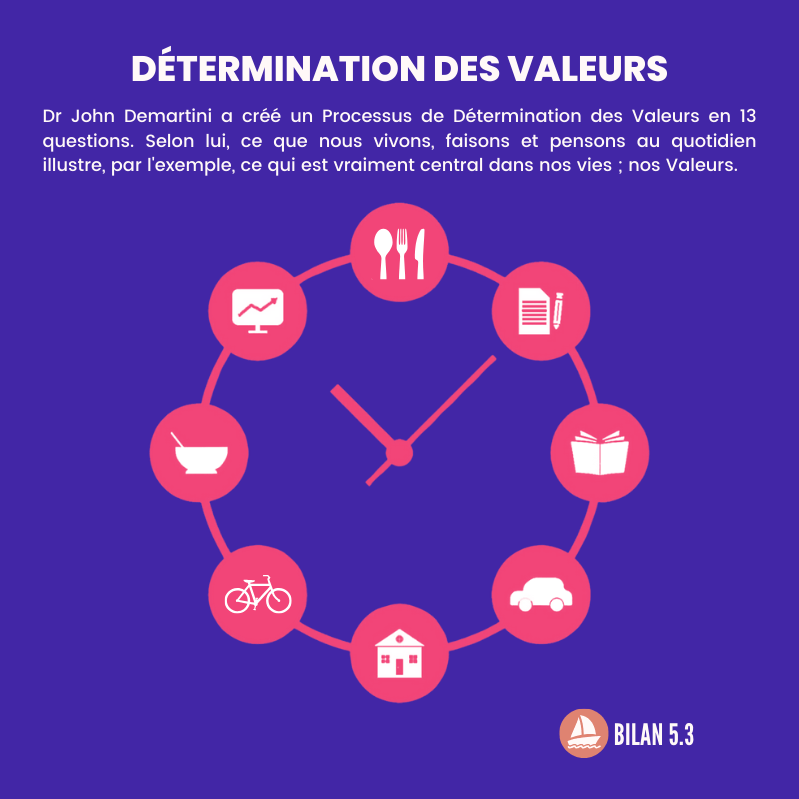
‘Almost every piece of chicken breast in super contaminated’
A test by the Consumers’ Association shows that almost all chicken fillet in the supermarket contains ESBL bacteria. According to the union, you can still not eat chicken breast with confidence. Is that true? And does the ESBL bacteria die if you cook your chicken properly? Five questions about the ESBL bacteria.
1. Is the ESBL bacteria dangerous? For healthy people the ESBL bacteria not dangerous. But for people who have an infection and need treatment for it, it can make treatment more difficult. When someone has an infection caused by ESBL-producing bacteria, the options for fighting the infection with antibiotics are limited. In some cases, it is even necessary to be hospitalized for treatment because only antibiotics given through an IV are effective.
2. Can I still eat chicken, eggs and other meat?
Yes, if the applicable kitchen hygiene rules are observed, meat and eggs can be eaten safely. Incidentally, it is not only chicken that contains bacteria that are resistant to antibiotics. Also on different vegetables researchers from VUmc found an ESBL-containing resistant bacterium last year.
3. Will the ESBL bacteria die if you cook your chicken properly?
Yes, heating kills all bacteria, including the ESBL-producing bacteria. It is especially important to avoid contact between raw (chicken) meat and other foods. Meat should be kept refrigerated. This reduces the growth of bacteria.
4. Were the antibiotics also found on organic chicken?
Yes, but organic chicken breast shows much less of these antibiotic-resistant bacteria. Organic chickens are not given preventive antibiotics, only to treat an individual sick animal and under the control of a veterinarian.
5. Does this problem only occur in the Netherlands?
New. Worldwide, among other things, intestinal bacteria against more and more species antibiotics resistant, because they produce ESBL. Various studies over the past few years have also shown an increase in ESBL-producing bacteria as the cause of infections. This trend is not only visible in the Netherlands, but throughout Europe and even worldwide. How and to what extent antibiotic use in humans and animals leads to this
increase is not (yet) well known.
Sources):













